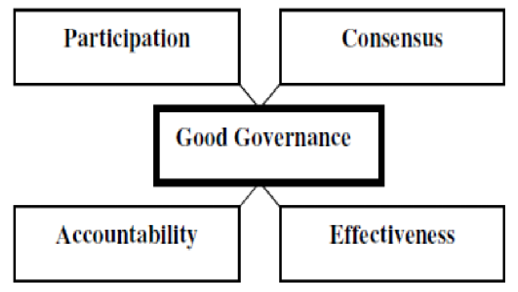Ex-situ or In-situ: An analysis on Environmental Protection for Biological Conservation
Main Article Content
Abstract
Human activities such as hunting, deforestation, land fragmentation, pollution, and unrestricted exploitation of natural resources wreak havoc on the environment. The current extinction catastrophe and global biodiversity crisis are having a detrimental impact on the species. Biodiversity conservation is critical in order to prevent biodiversity extinction caused by humans. Ex-situ or in-situ conservation, such as the preservation of genetic variety, is used to achieve sustainable development. Genetic diversity is mainly endangered by extinction. Human population is constantly increasing, particularly in emerging nations, and this has disastrous consequences for the environment. Ex-situ and in-situ conservation are addressed via a variety of international and national initiatives, including botanical gardens and gene banks for ex-situ conservation. Biodiversity will be conserved as a result of environmental protection. Environmental protection is achieved via a variety of ways, including environmentally sensitive governance, environmental legislation, environmentally sensitive planning, and environmental awareness. Changes in species characteristics and extinction are indicators that we should begin systematic conservation planning. Ecosystem methods and ecological advances are very beneficial in implementing a global biodiversity act.

